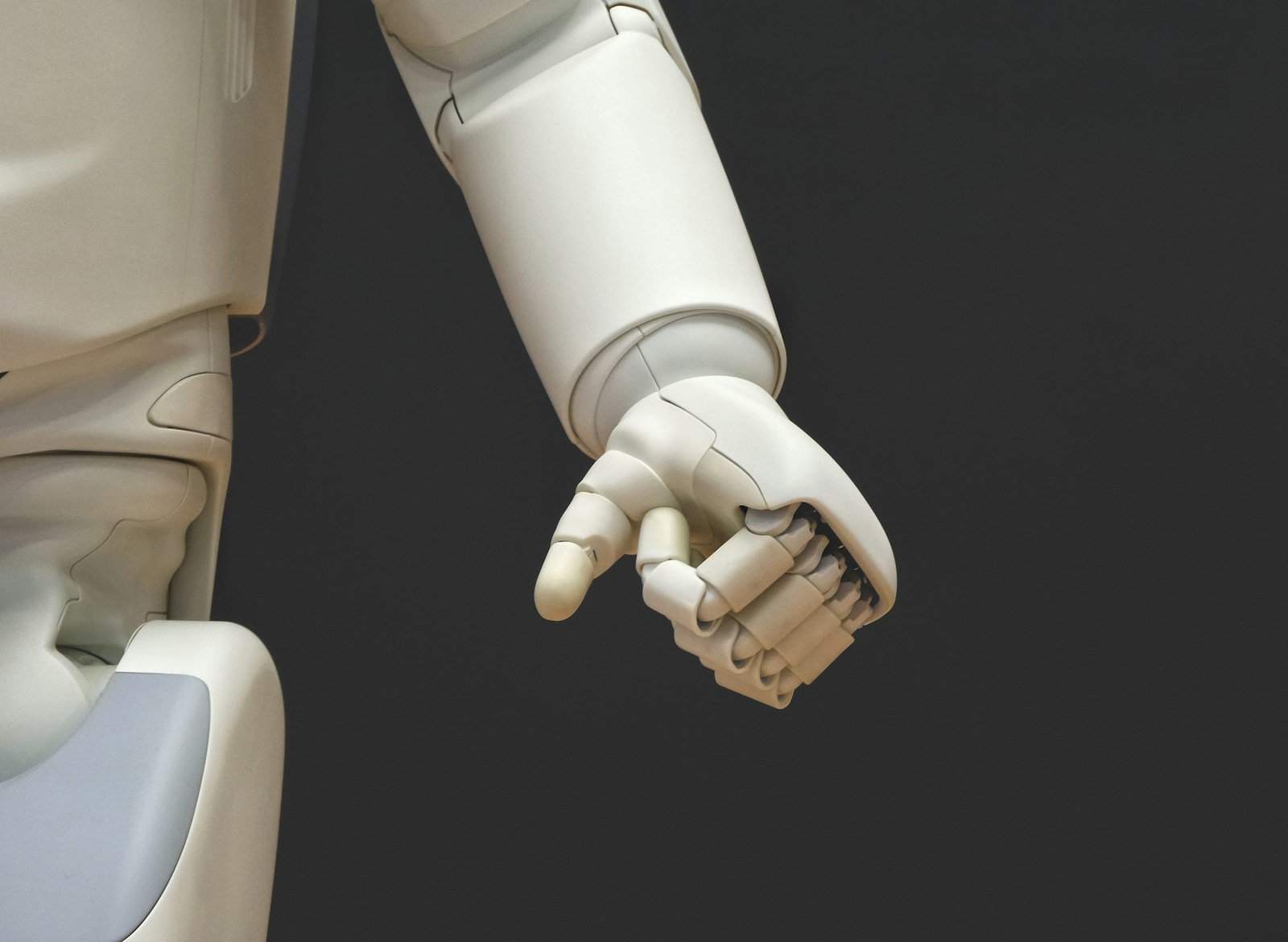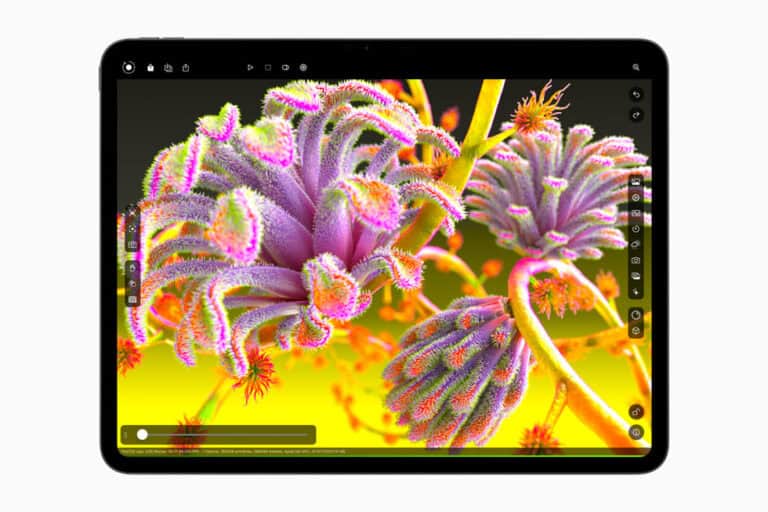
Rumors have been popping up from time to time and recently the noise has been getting louder that Apple has been secretly working on a humanoid robot. So far we haven’t seen anything come out publicly, but that could change in 2025. Now that Tesla has pushed their robot (Optimus) out publicly and other companies (like Boston Dynamics) have built quite a following for their tech, it could finally be the time that Apple should make their efforts more known.
A robot could represent a big change in what the tech giant focuses on. Apple is best known for its devices like iPhones and Macs, but this move might show they’re interested in robotics, an area where companies like Tesla are currently leading with their Optimus bot. This article looks at potential uses for an Apple humanoid robot. It could assist with personal tasks, help in healthcare, support manufacturing, and enhance education. By using its strengths in software and hardware, Apple could change how we interact with robots. However, there are challenges to consider, including cost, safety, and ethical issues.
If the rumors are true, we can expect an easy-to-use and well-designed robot that could transform our relationship with technology. Apple’s entry into robotics is exciting. The company known for iPhones and MacBooks might soon offer humanoid robots. These new devices could change how we use technology at home. The Apple robot could take smart home assistance to a new level. Unlike fixed smart speakers, these robots could move around and help with various tasks. They might fetch things, clean up, or even offer companionship. Apple is still in the early stages of this project. They are looking at several designs, from small tabletop devices to mobile robots. Although there are few details available, Apple’s history of creating user-friendly products suggests these robots could be groundbreaking.
Apple’s Foray into Humanoid Robots
While Apple is known for its sleek consumer electronics, rumors have surfaced about their exploration into the world of humanoid robots. Could Apple be developing a robot to rival the likes of Tesla’s Optimus? Let’s dive into the speculation and potential implications.
The Rumor Mill
Reports suggest that Apple has a team working on robotics and artificial intelligence, with a focus on potential applications for humanoid robots. This has sparked excitement and curiosity about what Apple might bring to the table.
Potential Applications
A humanoid robot developed by Apple could have various applications:
- Personal Assistance: Imagine a robot that can help with household chores, run errands, or even provide companionship.
- Healthcare: Robots could assist with patient care, rehabilitation, or elder care.
- Manufacturing and Logistics: Robots could automate tasks in factories, warehouses, or delivery services.
- Education and Research: Robots could be used as educational tools or for research purposes in robotics and AI.
Apple’s Strengths
Apple has a strong track record of innovation and design. They also have expertise in areas like:
- Software and AI: Apple’s advancements in Siri and machine learning could be valuable for developing a sophisticated robot.
- Hardware Integration: Apple’s experience in creating seamless hardware and software experiences could translate well to robotics.
- User Experience: Apple’s focus on user-friendly interfaces could make their robots more accessible to a wider audience.
Challenges and Considerations
Developing a humanoid robot is a complex undertaking. Apple would face challenges such as:
- Cost: Humanoid robots are expensive to develop and produce, potentially limiting their accessibility.
- Safety: Ensuring the safety and reliability of robots in various environments is crucial.
- Ethics: Addressing ethical considerations surrounding AI and robotics will be important.
What to Expect
It’s important to remember that these are still rumors. Apple has not officially announced any plans for a humanoid robot. However, if they do enter this space, we can expect a product that is well-designed, user-friendly, and potentially groundbreaking.
| Company | Robot | Focus |
|---|---|---|
| Tesla | Optimus | General purpose, industrial automation |
| Boston Dynamics | Atlas | Advanced mobility, research |
| Figure | Figure 01 | General purpose workforce |
| Apple | (Rumored) | Unknown, potentially personal assistance, healthcare |
Key Takeaways
- Apple is developing humanoid robots for home use
- These robots may perform tasks and offer companionship
- Apple’s user-friendly approach could make robot assistants more accessible
Overview of Apple’s Robotics Ambitions
Apple is venturing into robotics with plans for home devices and humanoid machines. The tech giant aims to create AI-powered robots that can assist users in their daily lives.
Historical Context and Development
Apple’s robotics journey began in recent years under the leadership of AI chief John Giannandrea and tech development head Kevin Lynch. The company set up a special team to work on robotics projects. Their first goal is to create a tabletop robot, codenamed J595. This device will combine an iPad-like display with cameras and a robotic arm.
The J595 is set to launch around 2026 or 2027. It will feature an AI personality to interact with users. Apple sees this as a starting point for more advanced robots in the future.
Apple’s Vision for Home Robotics
Apple wants to bring smart robots into people’s homes. They plan to make devices that can help with daily tasks and improve home security. The company is looking at mobile robots that can move around the house. They’re also exploring humanoid machines that could act as personal assistants.
These robots would be part of a larger smart home system. They could work as a home command center, controlling other Apple devices. The goal is to create robots that are useful and easy to interact with. Apple hopes these products will give them an edge in the growing home robotics market.
Technical Specifications and Features
Apple’s humanoid device combines cutting-edge hardware and software. It aims to bring AI-powered assistance into homes and workplaces through a physical form factor.
Integrations with Apple Ecosystem
The device links with other Apple products like iPhones, iPads, and Macs. This allows data and tasks to flow between devices. Users can start actions on their phone and finish them with the robot. It taps into iCloud for photos, contacts, and calendars. The robot works with HomeKit to control smart home gear.
Siri powers voice commands and natural conversations. FaceTime enables video calls through the robot’s screen. Apple Watch integration lets the device track health data and respond to emergencies.
Design and Engineering
The robot comes in two main forms – a mobile unit and a tabletop model. The mobile version has wheels to move around. Its thin robotic arm can grab objects. The tabletop model is smaller and stays in one spot.
Both use Apple silicon chips for on-device AI. Actuators allow smooth, human-like movements. Cameras and sensors help with navigation and object detection. An iPad-like touch display serves as the main interface.
Battery life lasts 8-10 hours for the mobile unit. The tabletop model plugs into power. Both have far-field microphones to pick up voice commands from across a room.
User Interface and Interaction
The robot’s UI blends touch, voice, and gesture controls. Users can tap the screen, speak commands, or motion with their hands. On-device AI helps the system understand context and intent.
A generative AI personality makes interactions feel natural. The robot can engage in conversations, answer questions, and complete tasks. It responds to verbal commands for things like web searches or setting reminders.
The display shows relevant info based on conversations. It can pull up photos, videos, or web results. Users can drag items on screen to share them with other devices. Hand gestures let people zoom or swipe through content without touching the screen.
Product Ecosystem and Market Integration
Apple’s humanoid device aims to fit seamlessly into the company’s existing product lineup. It will likely connect with iPhones and work with smart home systems.
Compatibility with Existing Apple Products
The new humanoid robot may sync with iPhones to share data and settings. Users could control it through the Apple Home app on their phones or iPads. The robot might also work with HomePods to respond to voice commands.
Apple could allow the robot to access iCloud data, like calendars and contacts. This would let it help with scheduling and communications tasks. The device may also integrate with Apple Music and Apple TV+ for entertainment functions.
Pairing with Apple Watches could enable health and fitness tracking features. The robot might remind users to exercise or take medications based on Watch data.
Positioning in the Smart Device Market
Apple’s humanoid device would enter a market with some existing players. Amazon’s Astro robot and iRobot’s Roomba already offer home automation features. But Apple’s product may have more advanced capabilities.
The device could cost around $1,000, similar to high-end iPhones. This price would position it as a premium product for tech enthusiasts and Apple fans.
Apple may market the robot as a personal assistant and smart home hub. It could handle tasks like checking security cameras, adjusting thermostats, and controlling lights. These features would rival other smart home systems.
The company’s strong brand and large user base could help drive adoption. Apple fans often buy new products to stay in the ecosystem.
Frequently Asked Questions
Apple’s home robot project raises many questions about its features, pricing, and capabilities. Here are some key details about this developing technology.
What is the expected retail price for Apple’s home robot?
The price for Apple’s home robot is not yet known. Apple has not announced any official pricing. High-end technology from Apple tends to be expensive at launch.
What are the functionalities of Apple’s robot assistant?
Apple’s robot may have an iPad-like display and a robotic arm. It could act as a smart home hub to control devices. The robot might also assist with tasks around the house.
How does Apple’s approach to robotics integrate with smart home technology?
Apple may use the robot as a central control for smart home devices. It could link with existing Apple products and services. The robot may allow voice and gesture controls for lights, locks, and other smart home tech.
What career opportunities are available in Apple’s robotics division?
Apple likely needs engineers and designers for this project. Jobs may open up in robotics, AI, and product development. Apple has not shared details about hiring for its robotics team.
What distinguishes Apple’s mobile robot from other robots on the market?
Apple’s robot may have a unique design with an iPad-like screen. It could offer tight integration with other Apple products. The robot may have more advanced AI than current home robots.
What advances has Apple made in the field of robotics?
Apple has not shared many details about its robotics work. The company seems to be exploring home robots with displays and arms. Apple may be using its AI and software skills to make robots smarter.





